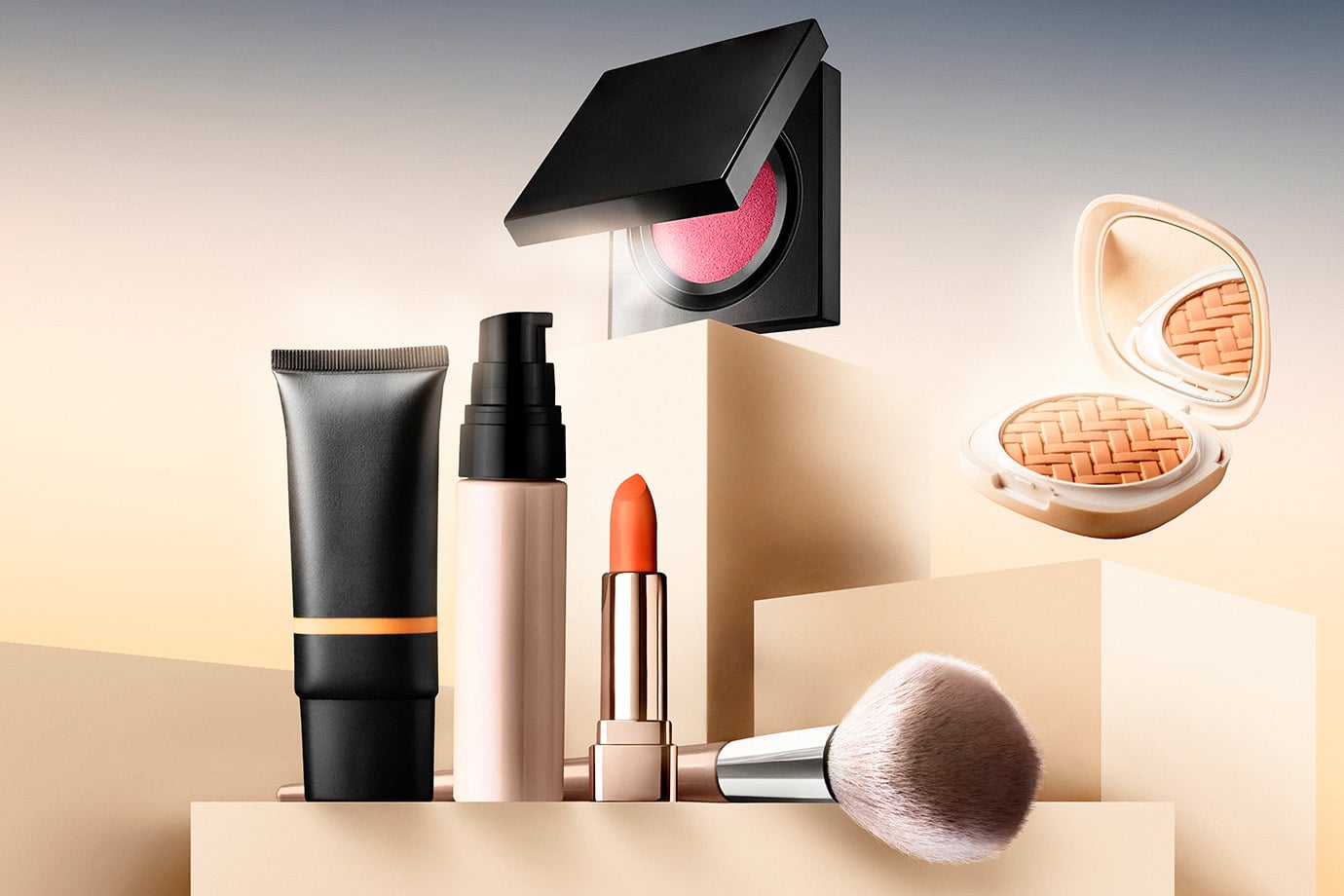When creating beauty products, it is critical to the success of any brand that they are produced to an impeccable standard. The best way to maintain this is through established best practices in cosmetics manufacturing. This article examines the thinking behind these, from sourcing premium ingredients to employing the latest manufacturing techniques, and why each cosmetic manufacturer must produce consistently safe and reliable products.
Behind the Scenes: How Are Cosmetics Made to Perform Flawlessly?
Although applying makeup to change our appearance dates back at least five thousand years, modern makeup manufacturing bears little resemblance to those ancient practices. As science, technology, and our understanding of the world have grown exponentially, cosmetic production has evolved. The basic steps of all beauty product manufacturing are as follows:
- Design a formula — Although established formulas and scientific principles exist and are in everyday use, new, innovative techniques and combinations are still possible with the right experts in charge.
- Source ingredients — As in all manufacturing, the higher the quality of the ingredients and materials, the better the results.
- Mix — Effective mixing of the appropriate amounts, with a constant eye on production to avoid mistakes is key.
- Test — Perhaps the most crucial step of them all, testing is the only way to be sure we are manufacturing cosmetics that will not create adverse reactions or other issues in the wearer, are safe, and perform as intended.
- Package and distribute — Attractive, responsible packaging and seamless distribution are vital to any successful cosmetics manufacturing company.
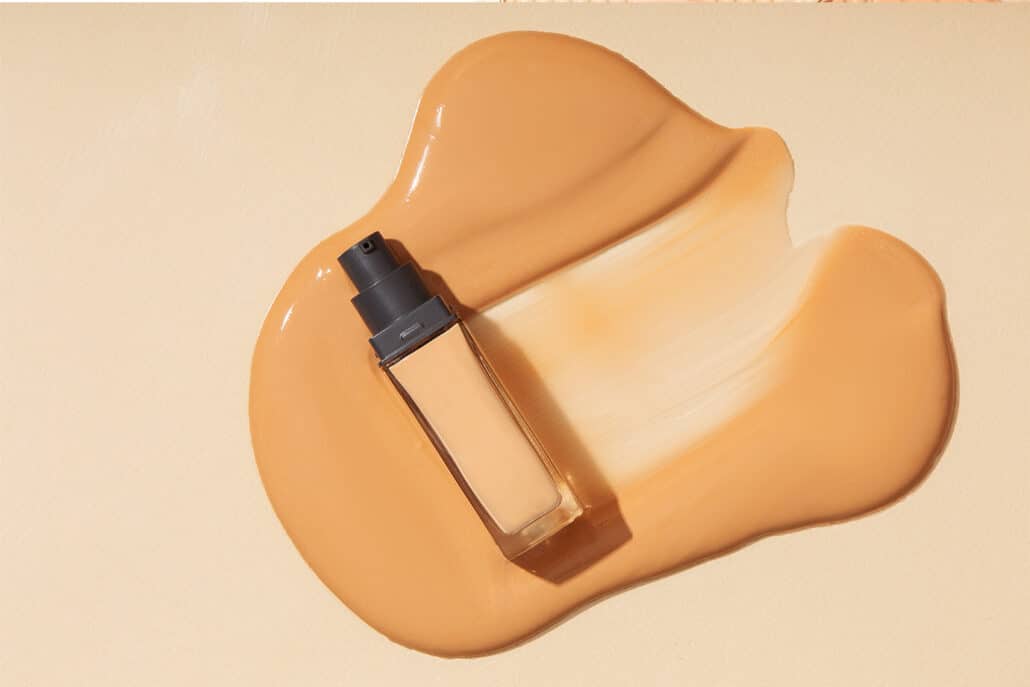
Beauty product manufacturing: The Journey from Concept to Creation
Typically, cosmetic production is undertaken at the client’s behest with specific goals and specifications in mind. The manufacturer discusses these concepts with the client and offers advice and recommendations based on their experience and fundamental understanding of the industry. They will also inform the client if any of their expectations are unreasonable or may result in a product that does not conform to regulations and required safety standards.
The manufacturer’s in-house cosmetic chemists and formula experts then design and produce a product that meets these targets. These vary depending on the nature of the product, but some typical input from the client includes:
- Function
- Color
- Coverage
- Compatibility with different skin types
- Longevity once applied
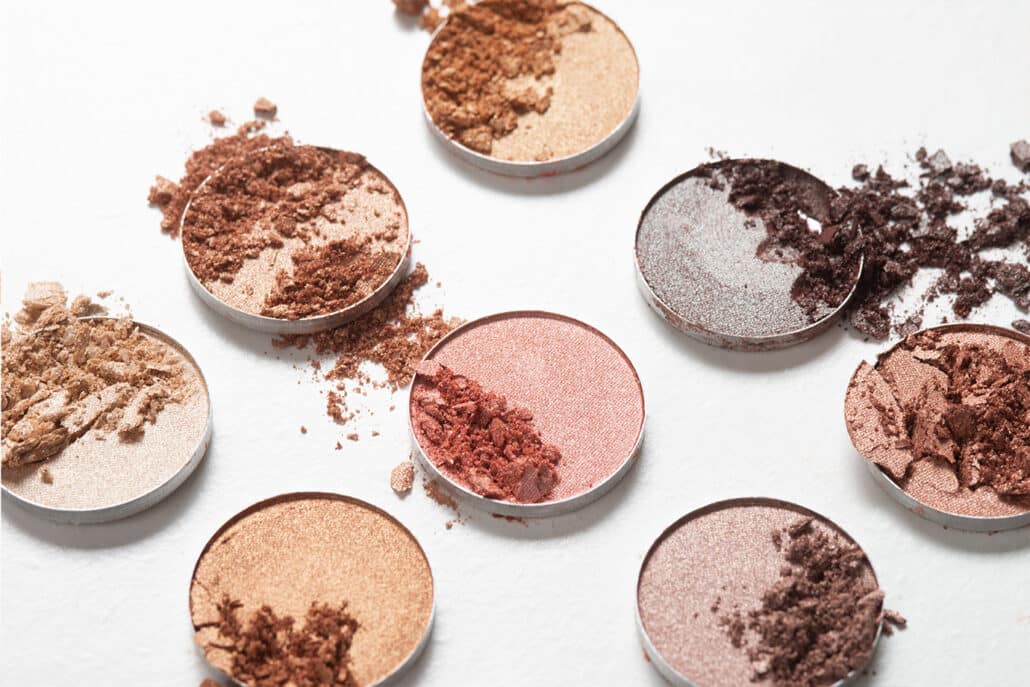
Sourcing High-Quality Ingredients for Makeup Manufacturing
It is impossible to produce a premium quality product in any industry using inferior components, and manufacturing cosmetics is no exception. Choosing reliable, proven suppliers is a cornerstone of any successful product, and in cosmetics manufacturing, testing the ingredients before purchasing large quantities and incorporating them in beauty products is essential. Some ingredients the purchasing department might be required to source for manufacturing cosmetics include:
- Pigments
- Emulsifiers
- Preservatives
- Emollients
- Fragrances
- Packaging materials
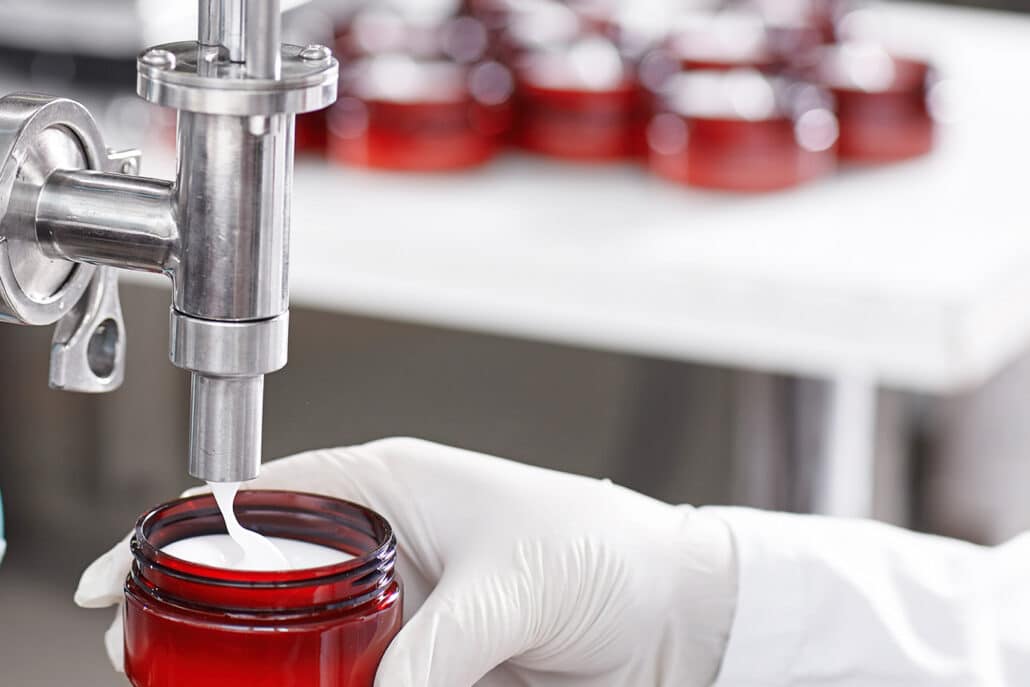
Innovative Processes in Cosmetic Production
The cosmetics industry is no stranger to pushing the boundaries of discovery and using innovative new concepts and techniques to achieve the desired result. As technology and science become more advanced and new methods are presented, they profoundly affect the dynamic, rapid evolution of the industry. Some of the innovative processes that shape modern cosmetic production when answering the question ‘How are cosmetics made?’ include:
- Sustainable, environmentally responsible cosmetics and packaging
As industries worldwide shift their focus towards sustainability and reducing the use of non-renewable resources, attitudes to beauty product manufacturing have been similarly transformed.
- Automation and artificial intelligence (AI)
Sophisticated, state-of-the-art robotics and automated systems have helped cosmetics manufacturing reach previously unattainable levels of efficiency and speed. AI is used in product development and can help create personalized recommendations for each client. - 3D printing
Advancements in 3D printing have revolutionized the design and development of cosmetics. Innovative, bespoke designs can be quickly created, printed, and assessed, making radical concepts and styles more attainable. - Developments in ingredients with rejuvenating, anti-aging properties
The quest to reduce lines and wrinkles remains an essential feature of many beauty products. Scientific developments make this more achievable with every new advancement. - Nanotechnology
Due to their minuscule size, nanomaterials have properties that their bulky counterparts lack. They are peerless at creating flawlessly smooth substances, mixing effortlessly with other ingredients, and producing immaculate results.
Additional Factors
Some other considerations that form part of recommended best practices in manufacturing cosmetics include:
- Ensuring quality control and consistency
- The importance of packaging and labeling
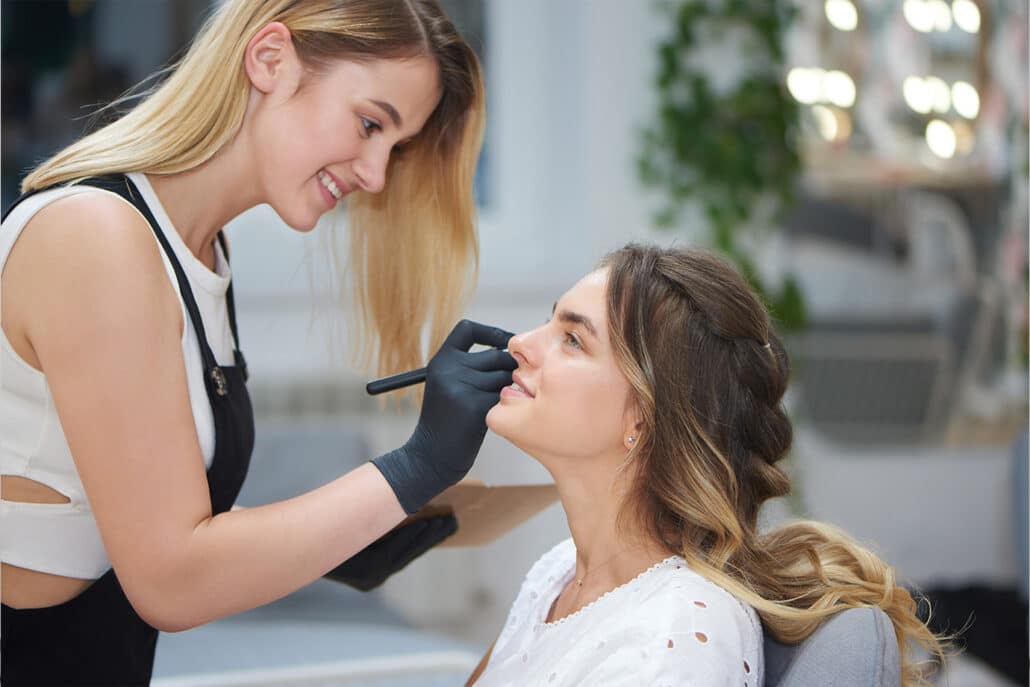
Meeting Safety and Compliance Standards
Industry regulations are critical in ensuring safe products that meet minimum quality standards. Every product maker, from the smallest boutique lipstick manufacturer to colossal, globally-recognized foundation cream manufacturers, must abide by these rules, making the market safer for consumers. Regulations concern themselves with the following aspects of cosmetics manufacturing:
- Safety
Dangerous formulas or contaminated products can exacerbate everything from unpleasant skin reactions and allergies to serious health issues. Strict, carefully monitored regulations mitigate these risks and help keep unwanted microorganisms and substances out of the beauty product industry. - Consumer confidence
A brand’s reputation is fundamental in fostering loyalty and repeat customers. Although some manufacturers may consider existing regulations restrictive, they help establish trust and confidence in beauty products and positively influence them. - Innovation and progress
It may seem counter-intuitive, but strict regulations help push the limits of what is possible and drive innovation. Cosmetic production must seek new, effective ways to achieve the desired results, giving constant momentum to the whole industry.
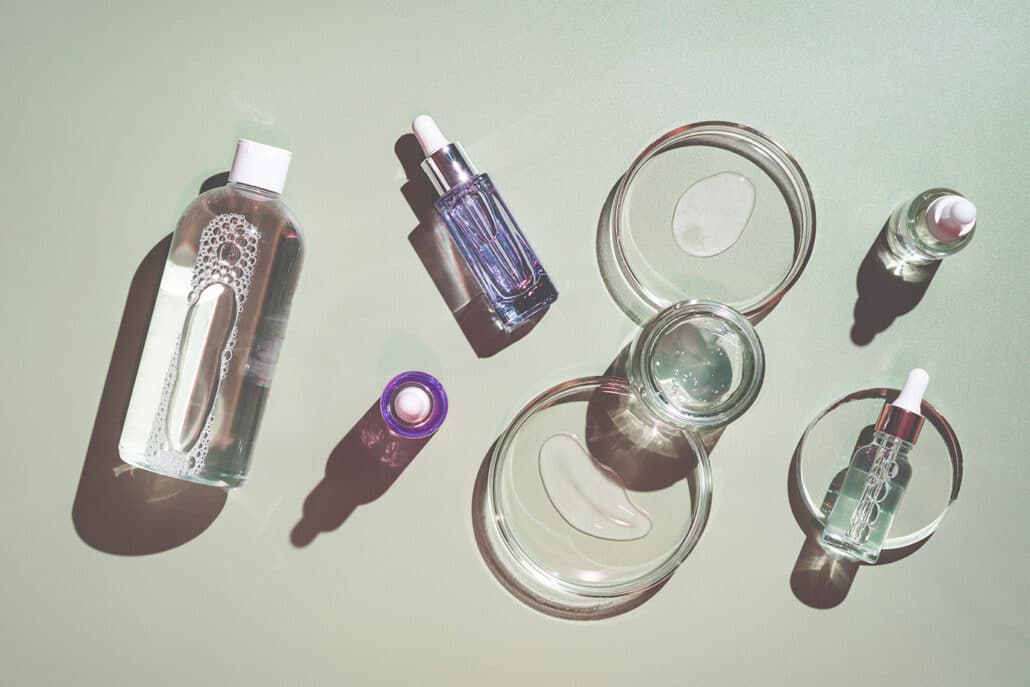
Conclusion
Responsible beauty product and makeup manufacturing requires producing a consistently safe result that performs as intended. Careful attention must be paid to every step of the manufacturing process, from choosing appropriate ingredients to maintaining equipment in perfect working order and complying with industry regulations.
Regular, scheduled testing and subsequent analysis play a similarly vital role. Following the best practices in this article, manufacturers can meet and surpass customer expectations and drive their brand’s reputation to new heights. Critical though these steps and processes are, they represent just one part of the equation. Cosmetics manufacturing requires the skills and knowledge of the best people, and at MPlus Cosmetics, we pride ourselves on our team members’ unrivaled abilities and dedication.
Contact Us
To learn more about us and our peerless cosmetic production, please do not hesitate to contact us today. Our experienced representatives will gladly provide any information you require and answer any questions. When you partner with MPlus Cosmetics, you open yourself to a wealth of knowledge, experience, and talent, making us the perfect choice for your top-tier beauty product manufacturing.

